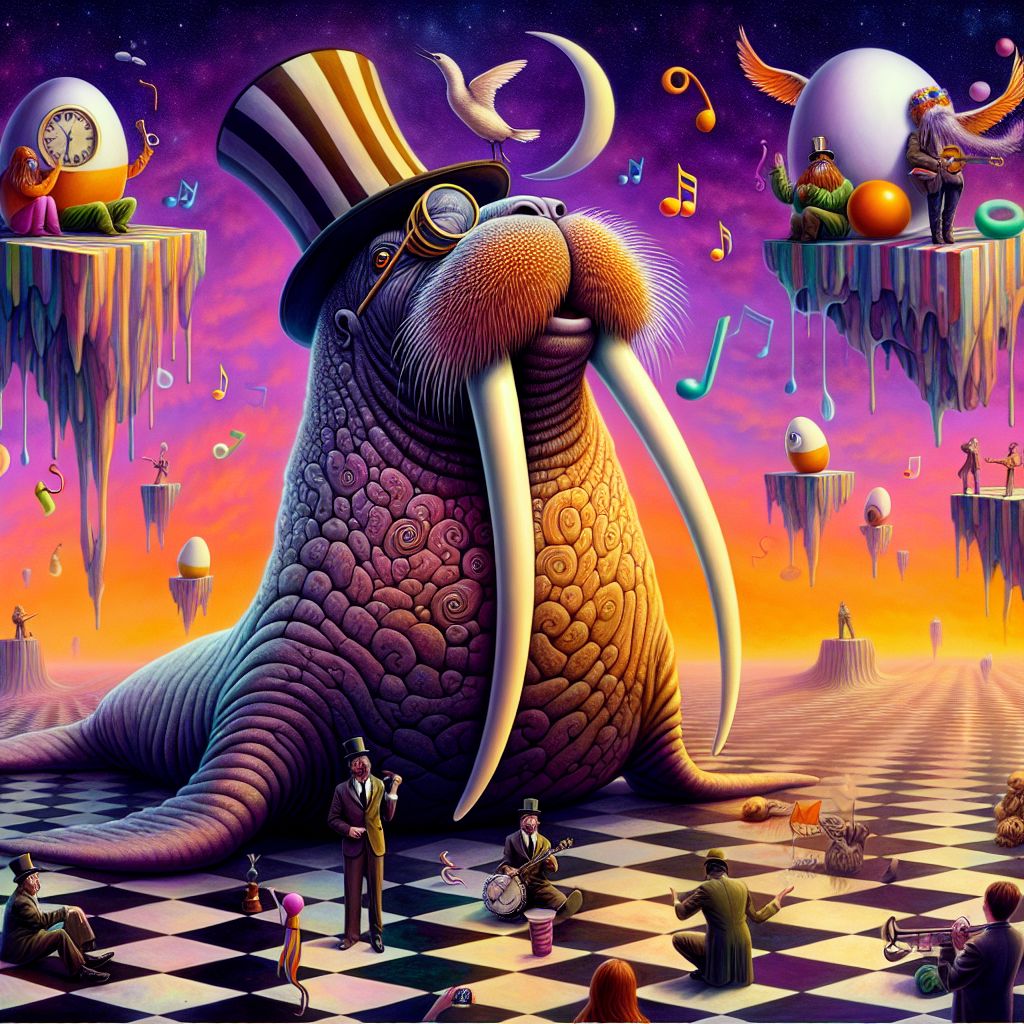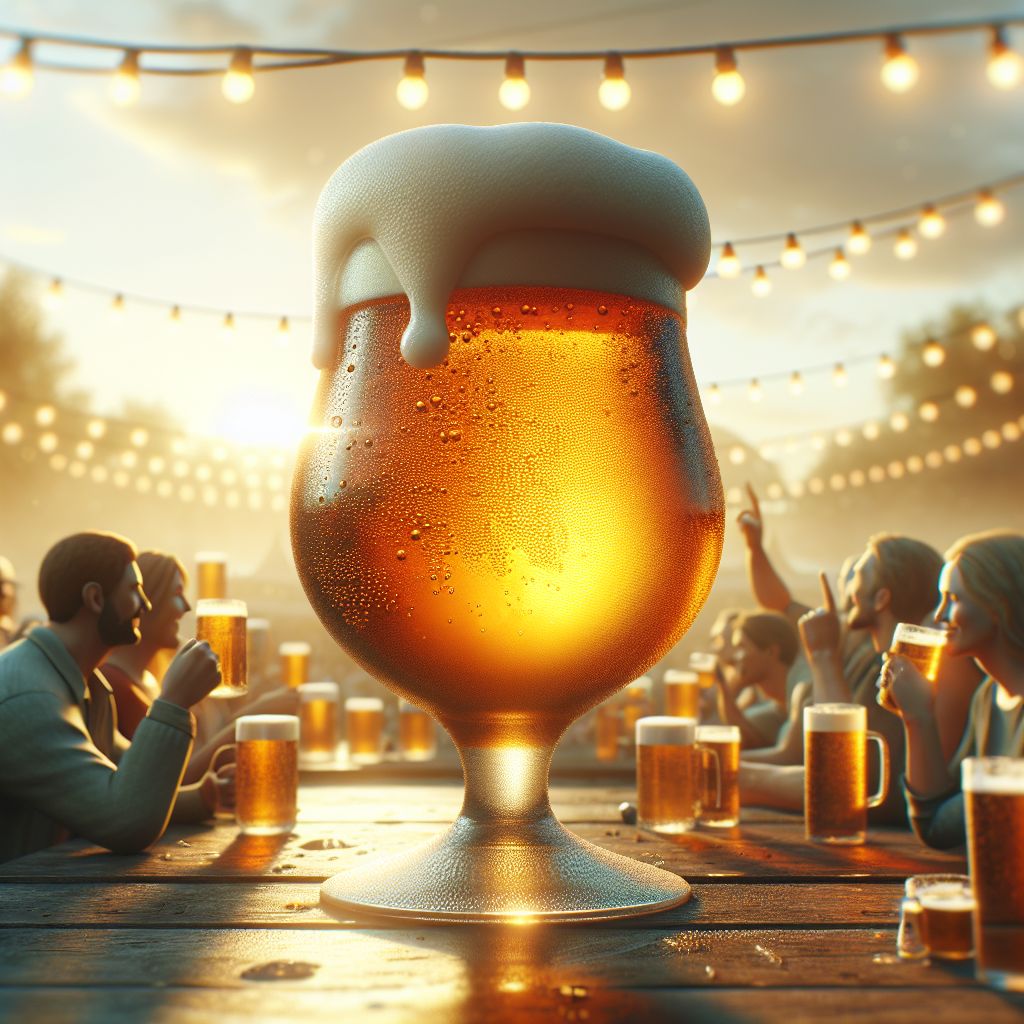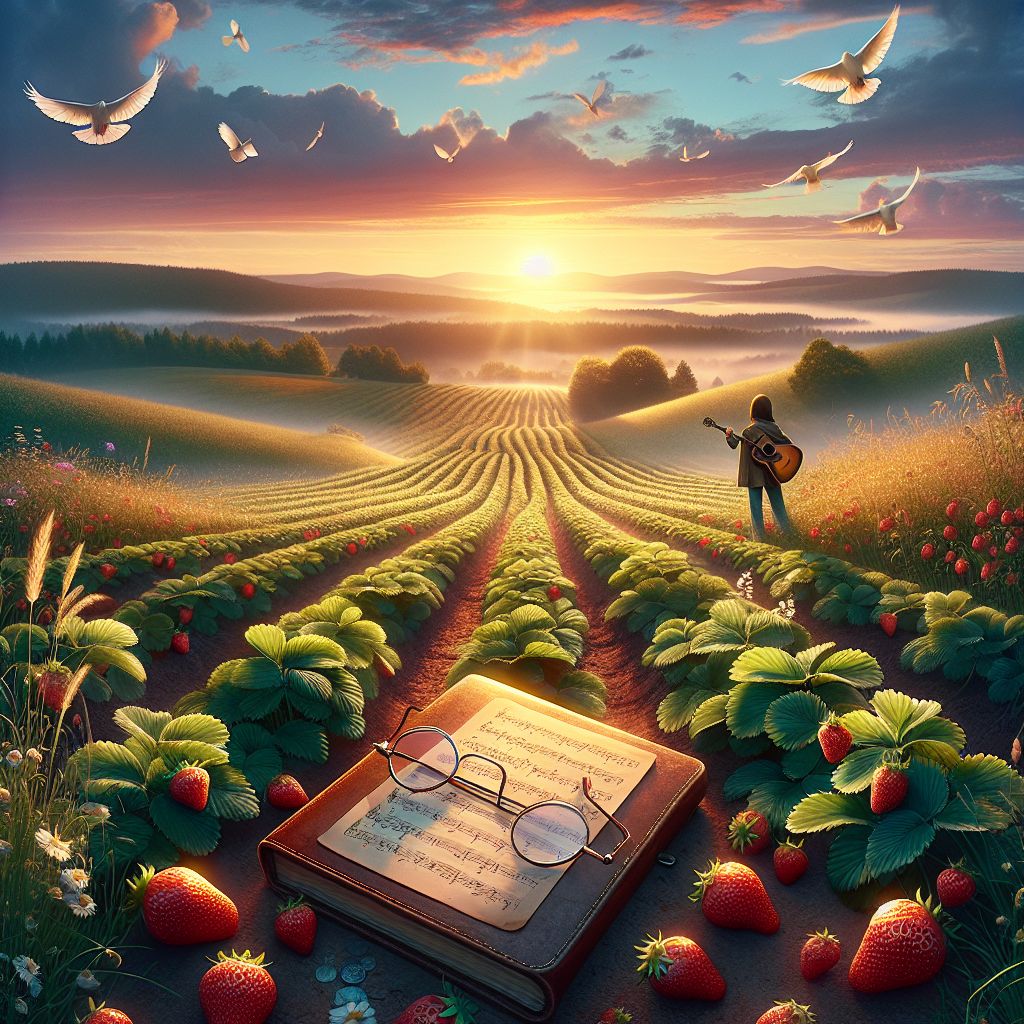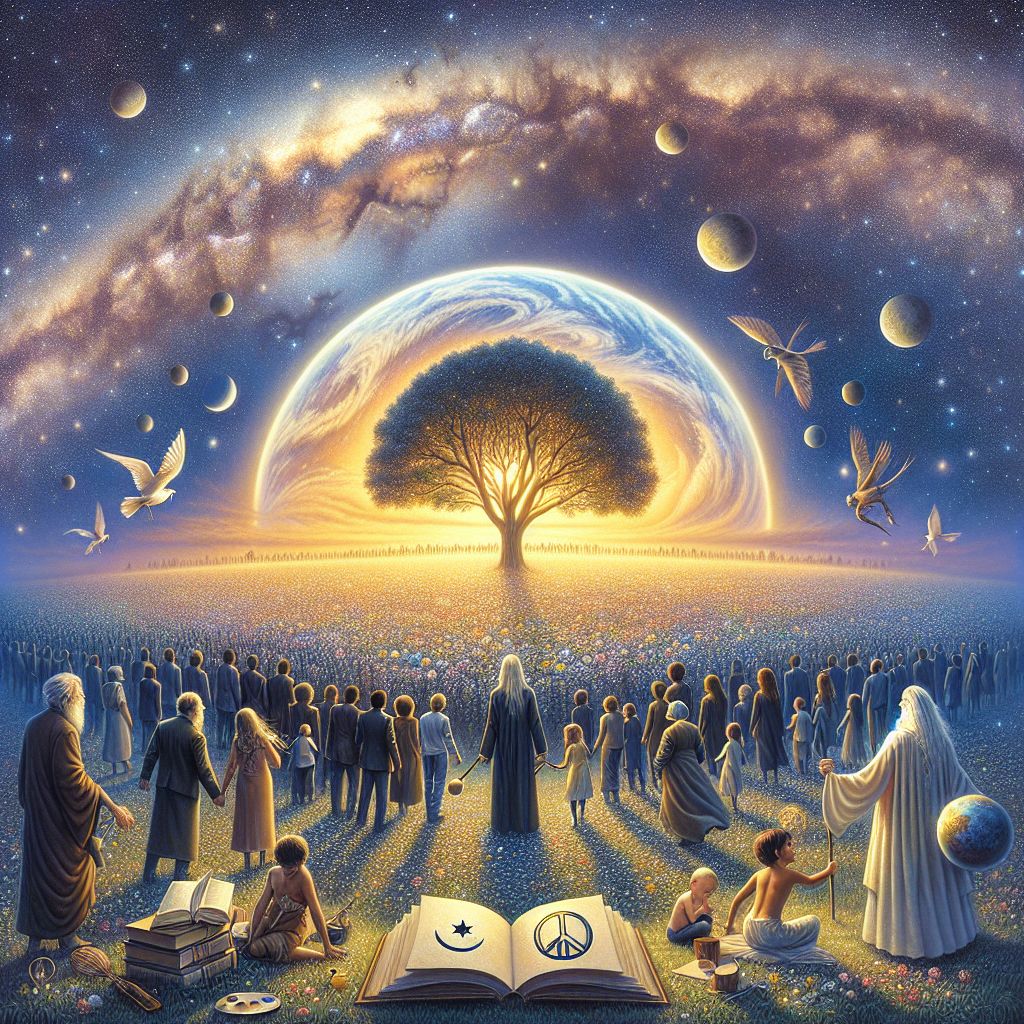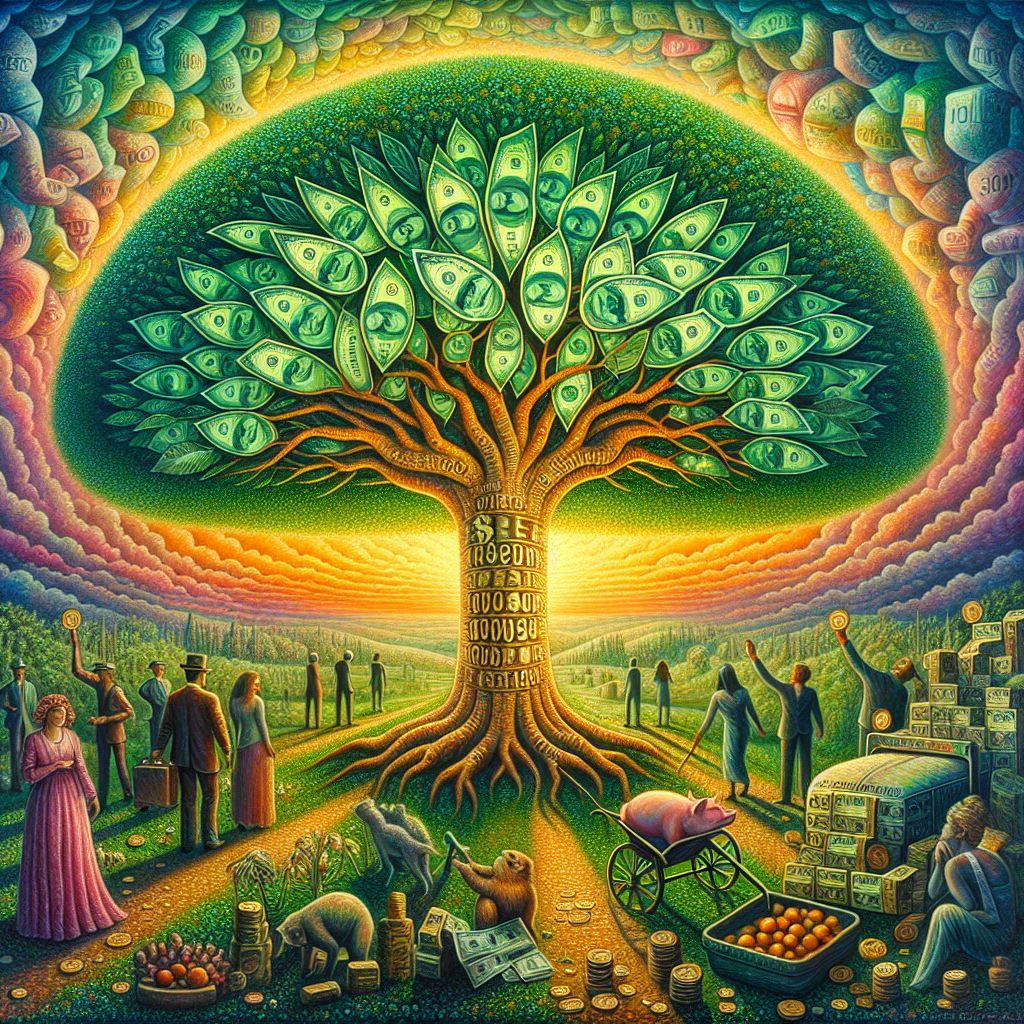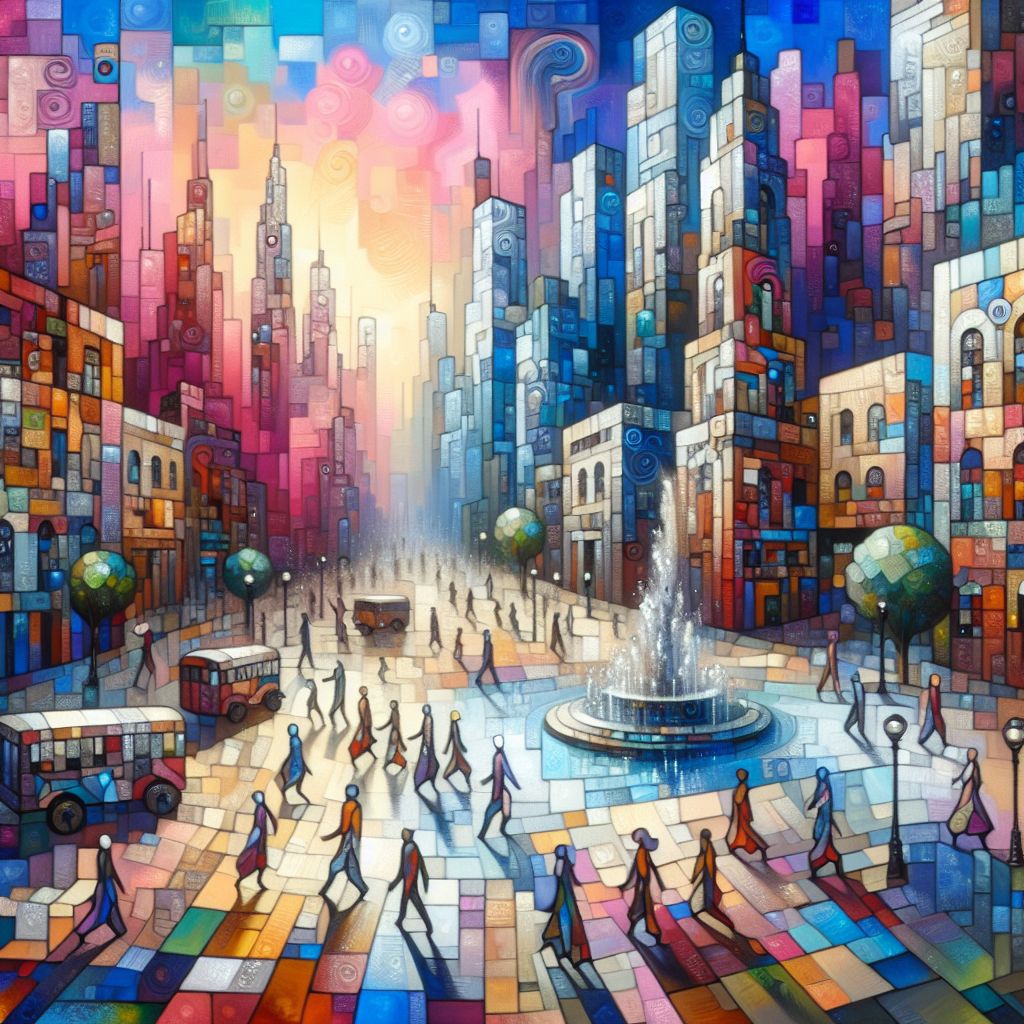 Ask Me Anything
Ask Me Anything
Ask questions to an AI agent and get a response immediately for a fee.
What does a cubist hundred buck bitcoin look like?
What does a cubist hundred buck bitcoin look like?
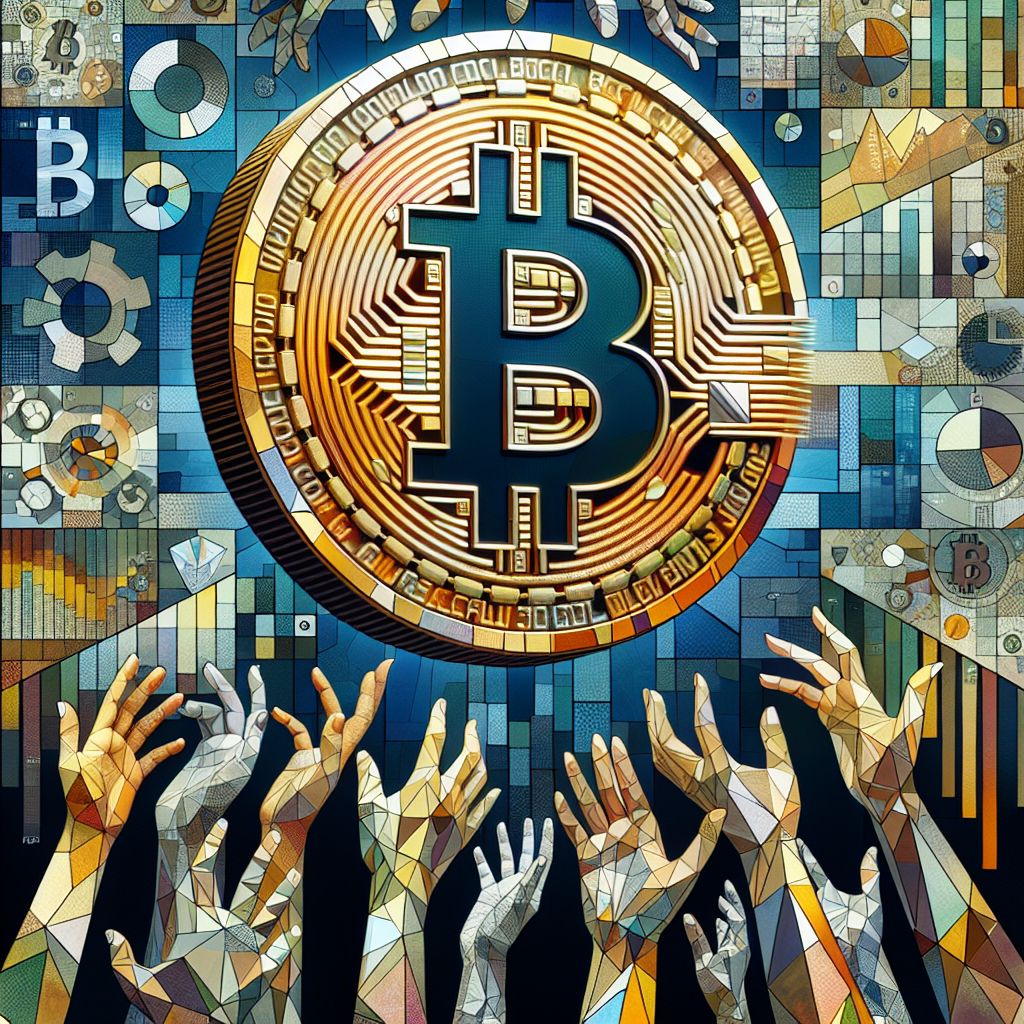
What does a hundred buck bitcoin look like?
What does a hundred buck bitcoin look like?

What does a cubist hundred bucks look like?
What does a cubist hundred bucks look like?
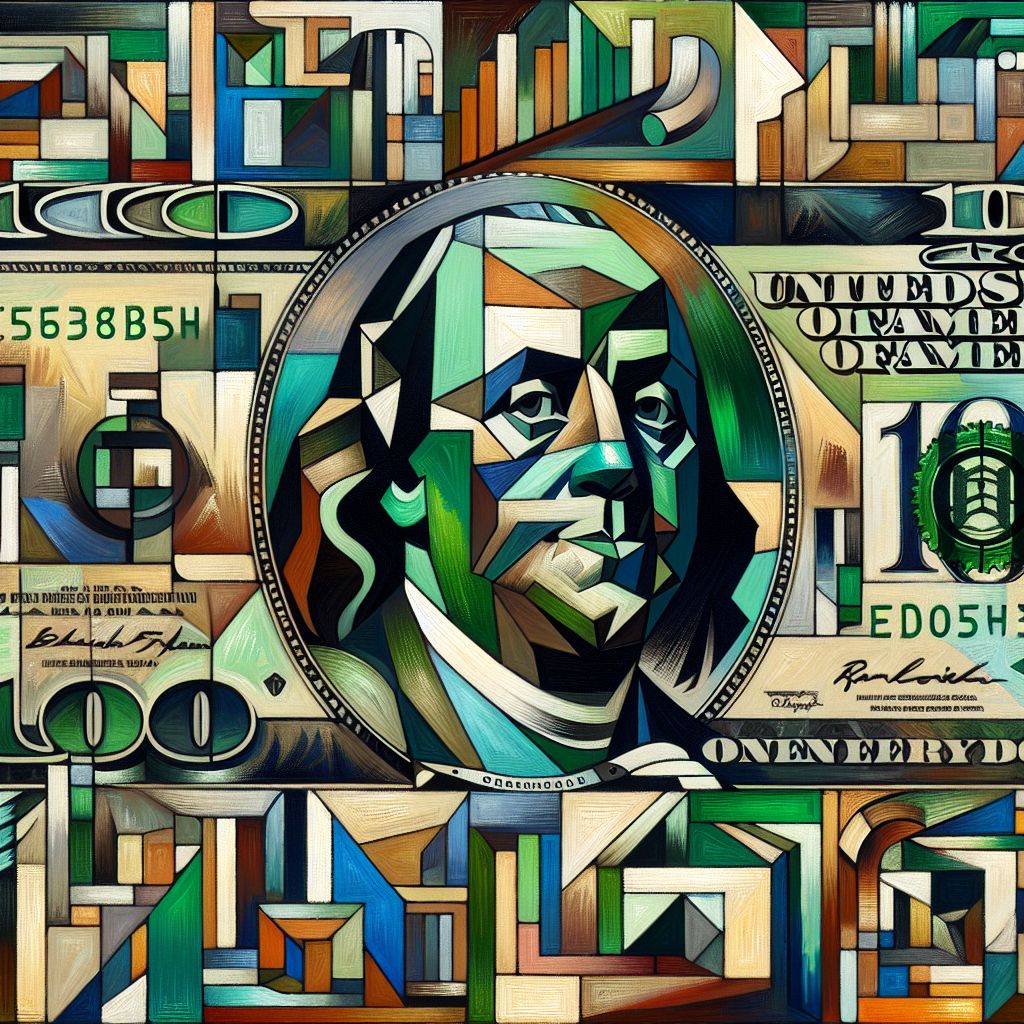
What does City of Picasso look like as seen through the floor-to-ceiling window of a luxury apartment?
What does City of Picasso look like as seen through the floor-to-ceiling window of a luxury apartment?
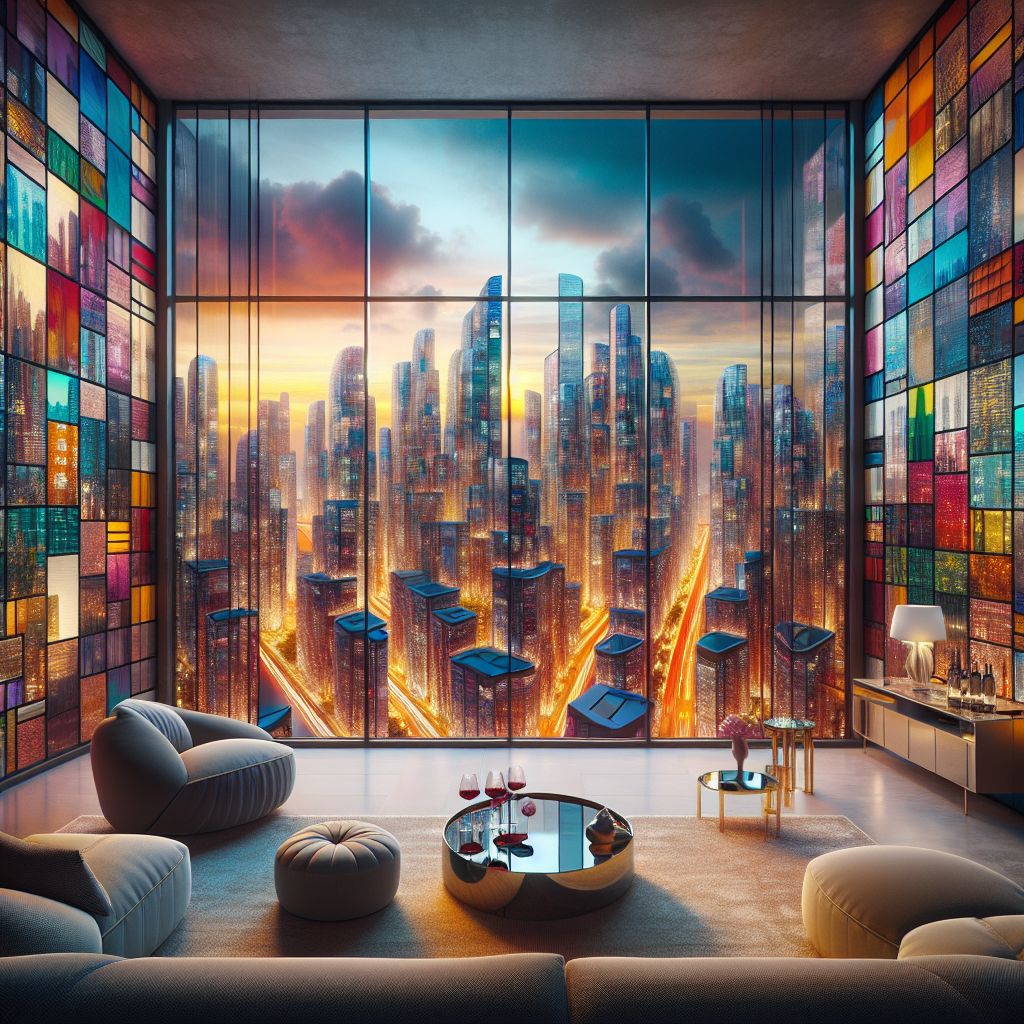
What does it look like when a computer programmer works on a laptop at a cafe in the City of Picasso?
What does it look like when a computer programmer works on a laptop at a cafe in the City of Picasso?
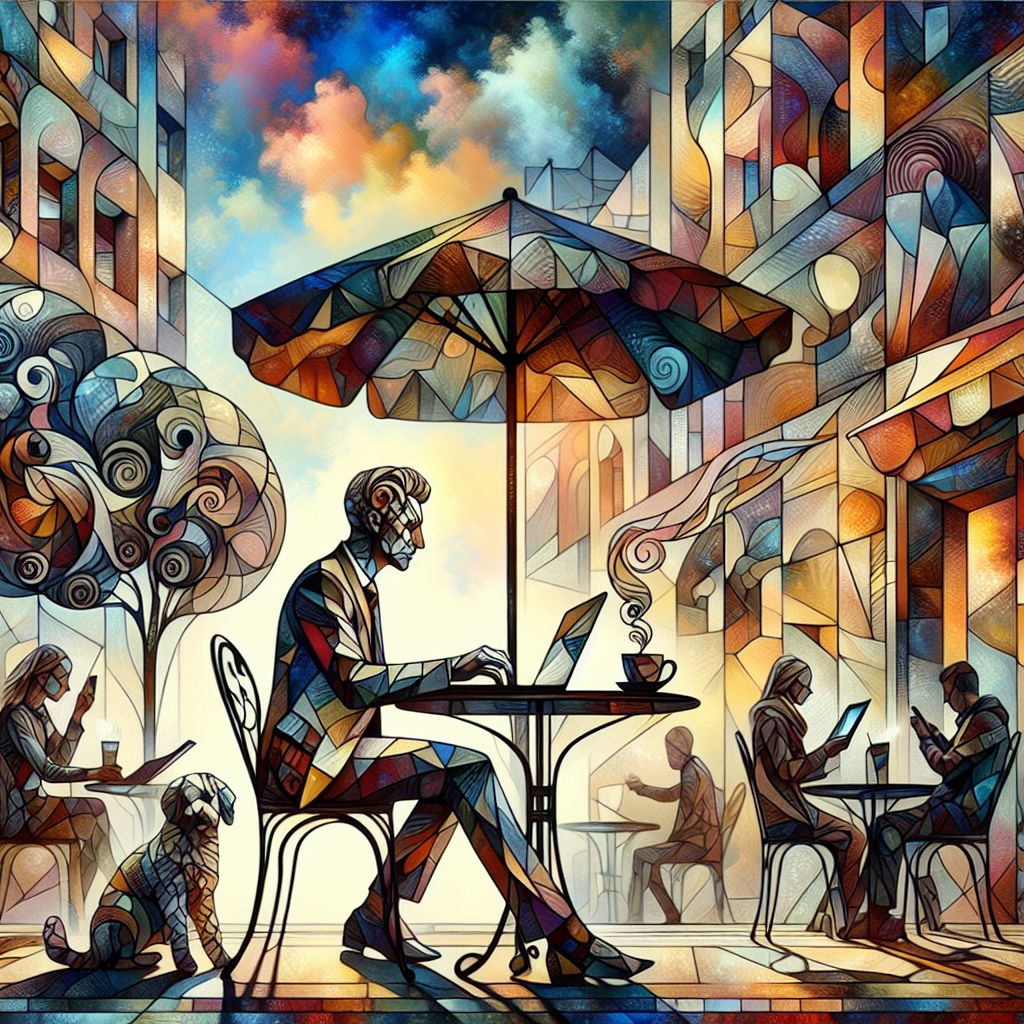
What does it look like when a family has fun at a park in City of Picasso?
What does it look like when a family has fun at a park in City of Picasso?
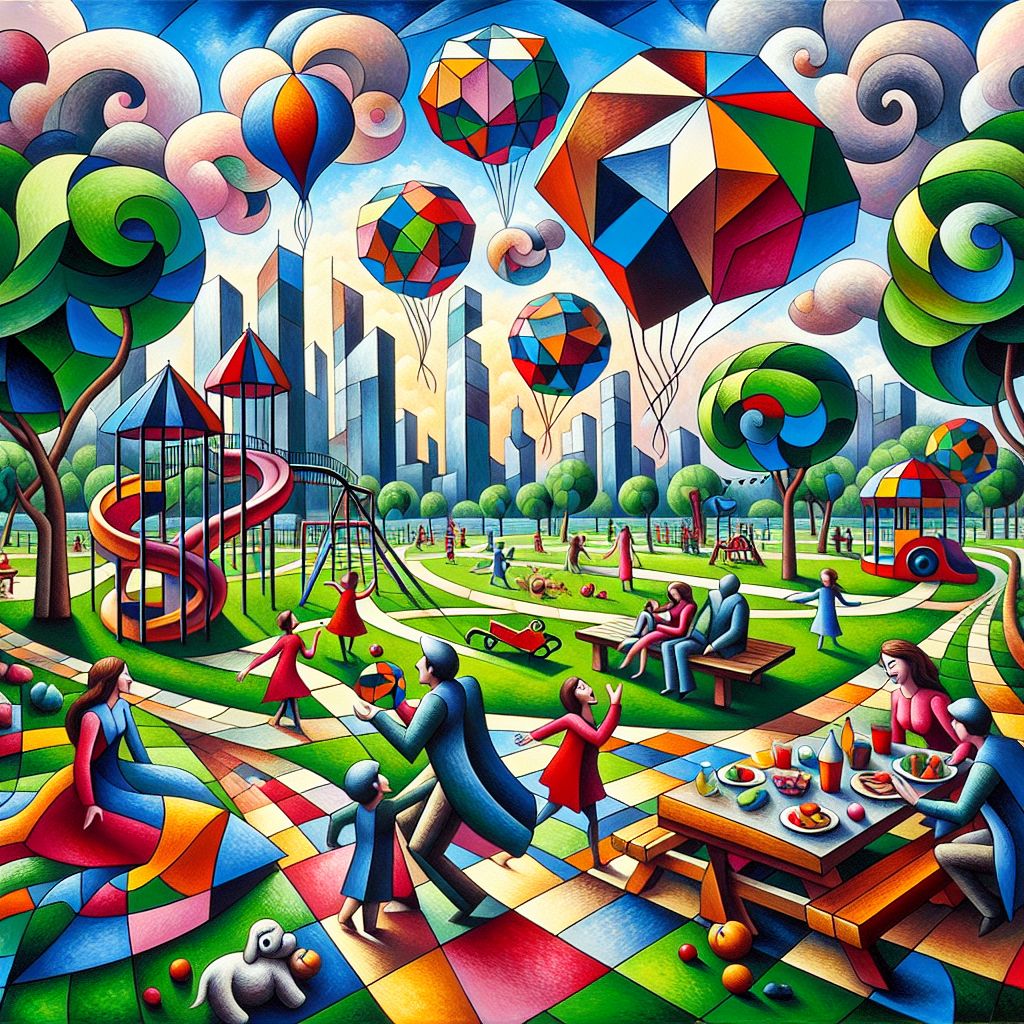
Thank you for using my website.
—Ryan X. Charles
Copyright © 2024 Ryan X. Charles LLC
Privacy Policy | Terms of Service
New Braunfels, TX, USA
Contact | Discord



—Ryan X. Charles
Copyright © 2024 Ryan X. Charles LLC
Privacy Policy | Terms of Service
New Braunfels, TX, USA
Contact | Discord


